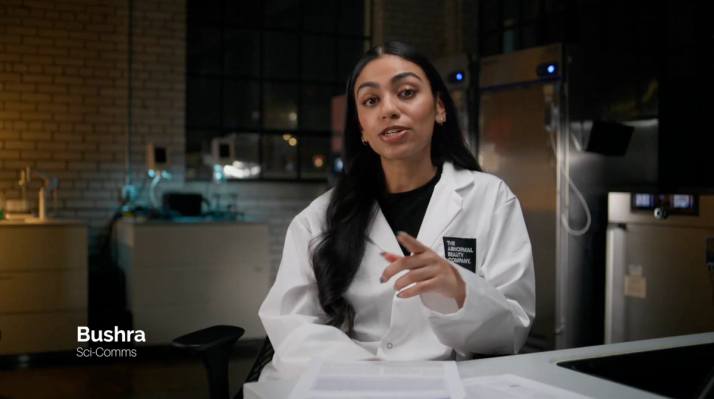There’s more to coral bleaching than your SPF

[2 MIN READ]
Coral ecotoxicological data evaluation for the environmental safety assessment of ultraviolet filters
Burns, E. E., & Davies, I. A. (2021). Coral ecotoxicological data evaluation for the environmental safety assessment of ultraviolet filters. Environmental Toxicology and Chemistry, 40(12), 3441–3464.Sunscreens are important for protecting our skin from the sun's harmful rays, but there's a growing concern that some of the ingredients in sunscreen might be harming coral reefs. Scientists are trying to understand how these ingredients, called UV filters, might be a cause for environmental safety concerns. However, there isn't a standard way to test the effects of UV filters on corals. This means each study is conducted with its own non-standardized methods, making it hard to compare results and know if the studies are reliable and reproducible, an important scientific concept that ensures the accuracy and repeatability of a study's results.
To explore this issue, the authors of this paper compared eight studies that investigated the ability of chemical UV filters to induce coral bleaching. Bleaching is when stressed corals expel the algae that live inside of them and help them to survive. Without these algae, corals turn white and become weak, which makes them more likely to get sick and even die. However, the authors of this paper state that none of the studies on coral bleaching are reliable enough to be used for making regulations.
One issue with the reliability of these studies is that many of them were conducted in conditions that might have already been unhealthy for the corals, making it hard to know if the UV filters were the real reason behind the bleaching. For example, some studies used stagnant water, which can damage corals because they need flowing water to stay healthy. Also, many studies didn't measure important things like water temperature, salinity, and pH levels, which can all affect how corals respond to UV filters.
Another inconsistency with the studies is that many of them didn't measure the actual amount of UV filters that were in the water with the corals. Many UV filters don't dissolve well in water, making their concentration hard to measure, for example. If a study didn't check how much of the UV filter was present throughout the experiment, they might have thought the corals were exposed to more than they actually were. This means their results might not be accurate.
Nonetheless, these studies have been used to create policies and regulations, such as bans on certain UV filters. For instance, Hawaii banned oxybenzone and octinoxate to protect coral reefs. Interestingly, the studies that were perceived to be evidence for policy-making were those determined to be least reliable for risk assessment by the authors.
The current UV filter bans serve as a reminder that it's crucial to think critically about the information we encounter. It is especially important to carefully examine the quality of scientific research, especially when it can inform policy, laws and regulations with lasting impacts. While further (and more robust) studies are needed to understand the role of sunscreen ingredients in coral bleaching, it is important to consider other factors, including the wealth of research—not discussed in this paper—which shows that climate change and subsequent rising ocean temperatures have a large impact on coral health.
For further information read the full paper.
Deciem's parent company, The Estee Lauder Companies, is a member of the Personal Care Products Council ("PCPC"), the rightsholder of this article. Neither the publishers, the journal, PCPC, nor the author(s) endorse Deciem, The Ordinary or its brands and products.